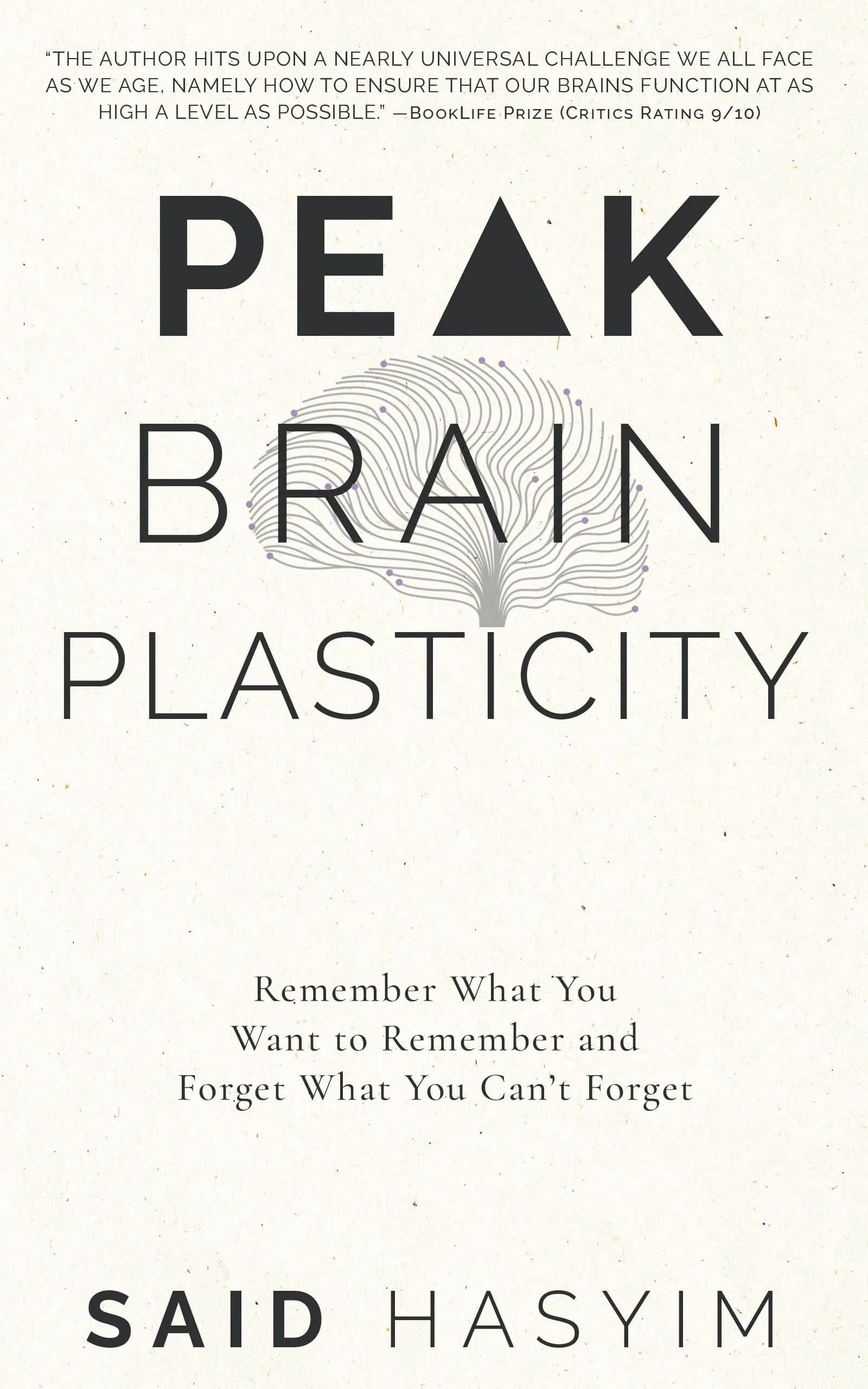The Interplay Between Memory and Imagination
The relationship between memory and imagination has fascinated philosophers, psychologists, and artists for centuries. At first glance, they may seem distinct cognitive processes—memory rooted in the past while imagination opens doors to possibilities yet to come. However, upon deeper examination, one finds that these two faculties are intricately woven together, influencing and augmenting one another in profound ways. This blog post seeks to explore the interplay between memory and imagination, examining their definitions, how they interact and how they shape our understanding of reality, creativity, and identity.
Understanding Memory and Imagination
Memory: A Lens to the Past
Memory is our mental capacity to encode, store, and retrieve information about experiences, facts, and events. It operates both as a system that organizes our past and a lens through which we view our present. Memories can be explicit (conscious recollection of facts and events) or implicit (unconscious influences on our current behavior). This function allows us to learn from the past, make informed decisions, and build a sense of self over time.
However, memory is not infallible. Studies in cognitive psychology reveal that memories are malleable; they can be altered by various factors, including new information, emotions, and social influences. This malleability raises intriguing questions regarding the reliability of our memories and how they may be reconstructed or distorted upon retrieval.
Imagination: A Window to Possibility
In sharp contrast, imagination allows for the creation of new ideas, scenarios, and concepts that do not necessarily have to be tethered to past experiences. Imagination is rooted in our ability to visualize, simulate, and generate mental images or narratives beyond direct experience. It encompasses everything from daydreams and creative thinking to problem-solving and planning for the future.
Imagination can be both constructive and destructive. It propels artistic creation, fuels scientific innovation, and enables us to empathize with others. However, it can also lead to unfounded fears and anxieties, resulting in scenarios that may never come to pass.
The Interplay: Building Blocks of Creativity and Identity
While memory and imagination appear different in function, their interplay is vital for our cognitive and emotional lives.
Memory Fuels Imagination
Creative Inspiration: Artists, writers, and musicians frequently draw upon their memories as a source of inspiration. Personal experiences can provide rich material for narratives and expressive forms, allowing creators to elicit emotions resonant with their audiences. Music, for example, often reflects personal memories, evoking nostalgia and eliciting empathy.
Problem Solving: In moments of innovation, our brains often rely on past knowledge and experiences to dream up new solutions. The mental simulations we create leverage memories, allowing us to imagine alternative outcomes and engage in creative problem-solving.
Empathy and Understanding: Through our memories, we can relate to others' experiences. When we imagine someone else's situation, our memories can guide our understanding of their emotions, setting the foundation for compassion and empathy.
Imagination Shapes Memory
Reconstruction of Events: Our imaginative faculties influence how we reconstruct memories. When we recall an event, we often embellish or modify the memory by inserting imagined details. This phenomenon can be seen in family stories, where memories evolve over time, becoming richer or more exaggerated through repeated telling.
Anticipation of Future Experiences: Imagination allows us to project ourselves into future scenarios. The way we envision upcoming events can shape our expectations and even influence how we construct memories of those events once they've occurred. This process can lead to phenomena like the “rosy retrospection,” where people remember past events as more positive than they actually were based on how they had imagined them to be.
Therapeutic Applications: In psychology, techniques that blend memory and imagination are used in therapy. Visualization exercises encourage clients to imagine positive outcomes and scenarios, often rooted in their past experiences. This interplay can foster healing and growth, demonstrating how imagination can reshape perceived memories and emotional responses.
Implications for Understanding Reality
The relationship between memory and imagination challenges our understanding of reality itself. The boundaries between fact and fiction blur, inviting us to question what we consider trustworthy and genuine. Our lived experiences and narratives we construct around them contribute to our overall worldview, shaping our beliefs and identities.
Narratives and Identity
The interplay of memory and imagination plays a significant role in forming our identities. Our personal narratives—constructed from memories—are often imagined into attributes we aspire to embody or beliefs we hold.
Cultural Narratives: Collective memories create shared identities among groups and societies, where the past is reimagined to foster a sense of belonging. Shared stories shape cultural identities and influence how communities view their histories.
Personal Narratives: Individuals often reframe their life stories, allowing imagination to reshape past memories into narratives that align with their current identity. This selective memory aids in the creation of a coherent sense of self.
Conclusion: A Dance Between the Two
The interplay between memory and imagination is a complex dance that enriches our cognitive landscape. By recognizing the nuances of how these processes work in tandem, we open ourselves to deeper understandings of our experiences, creativity, and identities.
As we navigate an increasingly complex world, harnessing both memory and imagination may provide us with the tools we need to adapt, innovate, and build connections. The stories we tell, the futures we envision, and the memories we cherish are all part of the rich tapestry of human experience—interwoven, dynamic, and ever-evolving.
In a sense, to create is to remember and to imagine, and therein lies the essence of what it means to be human.
Harness the Power of Neuroplasticity
Discover Peak Brain Plasticity, a practical book to harnessing neuroplasticity. Enhance your memory, learn new languages quickly, and alleviate anxiety with effective study methods. Uncover daily habits that impact cognitive health and explore techniques for accelerated learning and memory retention. Unlock your brain's potential for growth and transformation.
